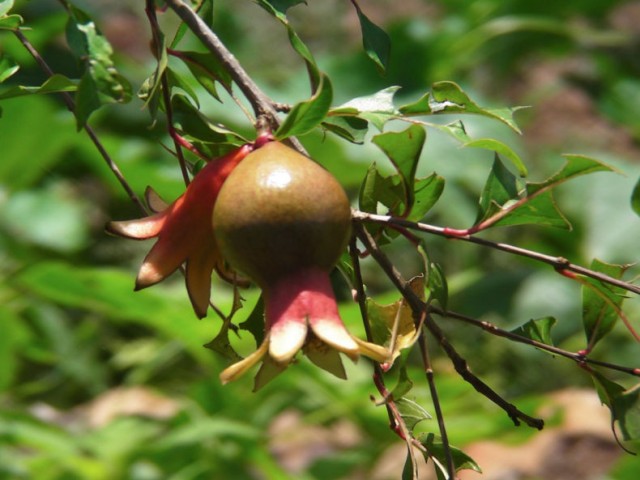
Forest gardening is an excellent way to maximize space and resources. Forests are highly productive, self-sustaining systems that require little in terms of management. It makes sense to design our food production systems based on those principles.
Forest gardening is based on the concept that to maximize production from a given amount of space, we must think in 3 dimensions, rather than the normal 2 dimensional garden plan. This allows us to stack a lot of plants in a very small space, increasing efficiency. When we also consider plant relationships, like planting a legume next to a heavy feeder, we reduce the needs for fertilizer and outside inputs.
To maximize this 3D space, we stack plants according to their heights and natural methods of growth. The top layer consists of tall trees with open canopies. Below that, we have dwarf trees and large shrubs. The next level consists of short shrubs. The herbaceous layer consists of plants, grasses and weeds. Going below ground, we include the root layer for tubers and root crops. In between all of these species are ground covers. Many trees can also support a vine layer for things like kiwis and grapes. In most systems, the distinction between these layers will blend, as many species can occupy multiple layers.
One must keep an eye for beneficial and possibly negative relationships, as well. Planting corn under a dense shade tree won’t be a good placement, but providing dappled shade to lettuce or carrots can increase productivity.
A forest garden design starts with an overview of the space, and a layout of the top-level trees. These should be planted first, and if possible, they should be species that help bring up nutrients for other plants. Nitrogen fixers are also a great addition to this layer.
Once those get established, you can start laying out the lower levels, starting with the dwarf trees and shrubs. Many of these trees will benefit from the protection of the established canopy species. Once these levels get going, you can fill in the remaining spaces with companions.
 A group planting that involves all levels is called a guild. Guild layouts are available from a variety of sources online, focusing on the main canopy species, and radiating out from it.
A group planting that involves all levels is called a guild. Guild layouts are available from a variety of sources online, focusing on the main canopy species, and radiating out from it.
With time, research, and some planning, it is possible to develop a forest garden that meets most of your nutritional needs. Robert Hart, the father of modern forest gardening in temperate climates, was able to establish a complete diet for one person on less than 1/8 of an acre. Depending on your climate, however, your results may not be as impressive, but just think about not having to plow, fertilize, spray, and cultivate every year!
You can read our how-to on forest gardening for more practical information on setting one up for yourself.